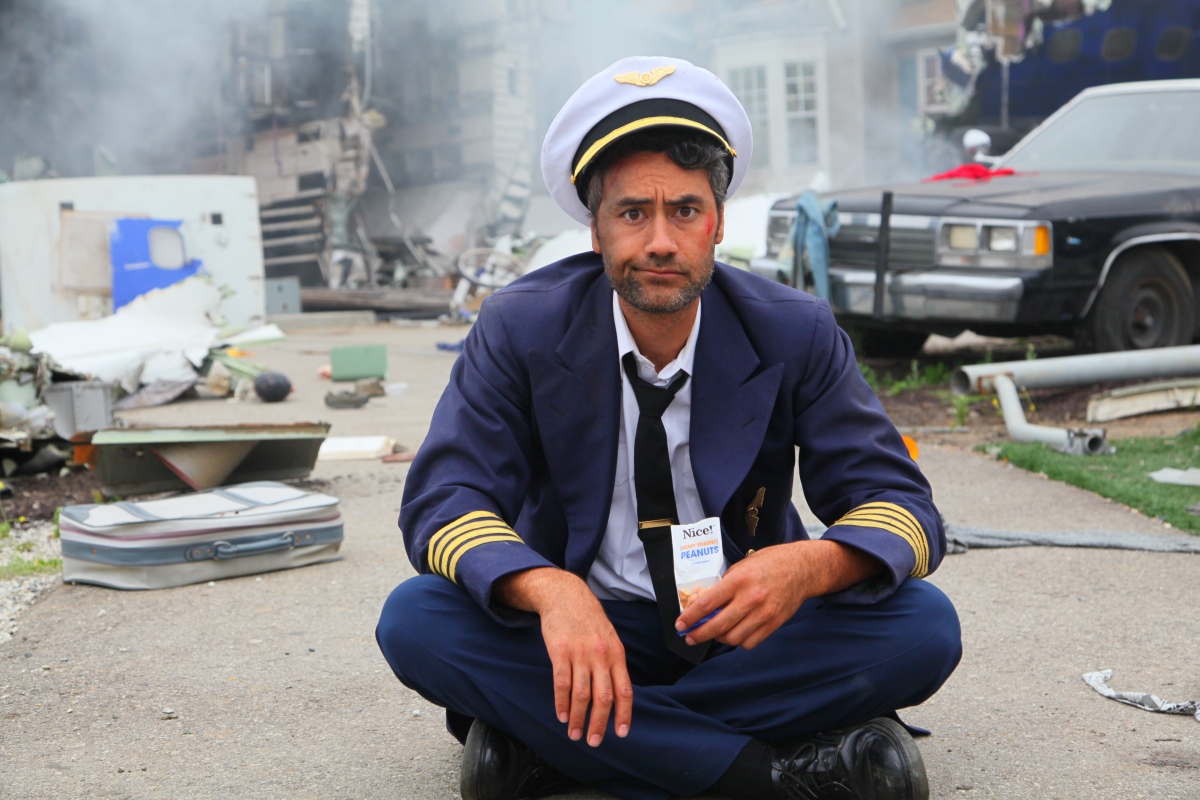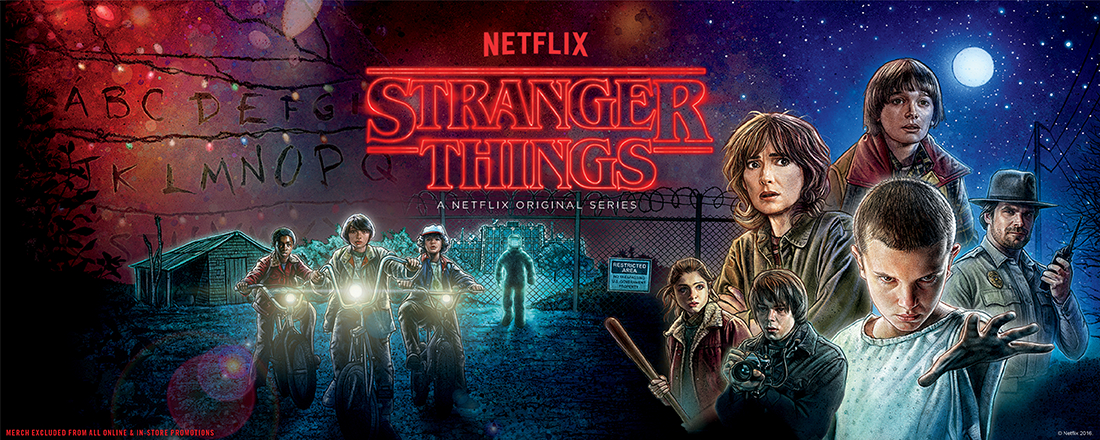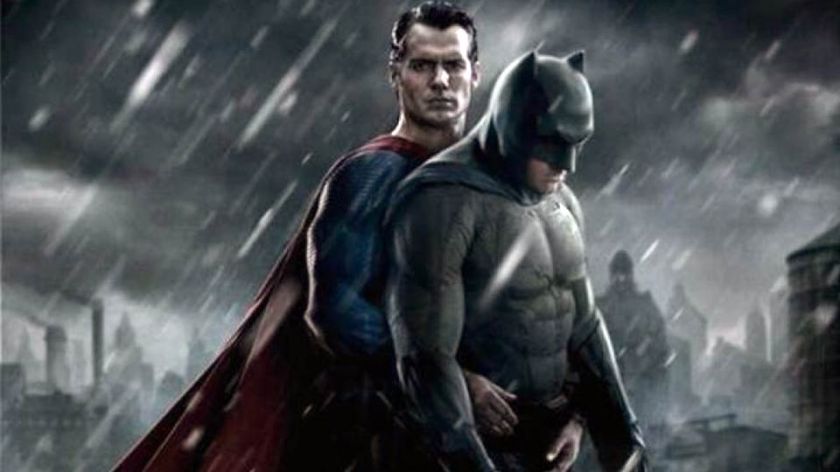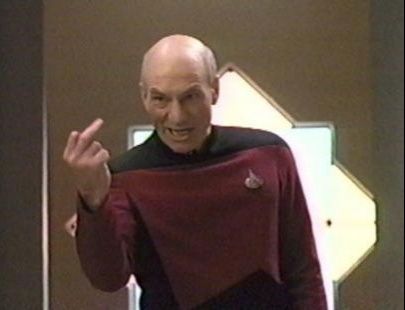“I want to explore the painful comedy of growing up and interpreting the world. I believe that despite our faults and inadequacies, through all pain and heartache, there is still room to laugh” – Taika Waititi
I guarantee I’m not the only soul out there that dreads the question ‘What is your favorite movie/song/book?’. In that mind boggling, anxiety inducing second you either think of every possible film you could mention but can’t decide between, or your mind goes completely blank and you are left hanging like a loose lipped goldfish.
As a filmmaker I regularly get asked questions like ‘So what is your all time favorite film?’, ‘Who is your favorite director?’, ‘What kind of films do you want to make?’. My answer to all of you is ‘Look, just fuck off would ya!’… But seriously, I could give you my favorite film for the current mood I am. I could tell you which directors works I am currently glued to and I could tell you which current filmmaking fad I am hooked upon. But I couldn’t give you a definitive definite answer to end all questions answer. I’m like a dog chasing cars when it comes to these things.
There are however, a few consistencies that never leave me and it is these films, these directors and these techniques that really get me roaring. One such director is New Zealand’s very own Taika Waititi. But why? He hasn’t made hundreds of movies and he hasn’t made any huge blockbuster films (yet). For that, I’ll have to take you into my mind!
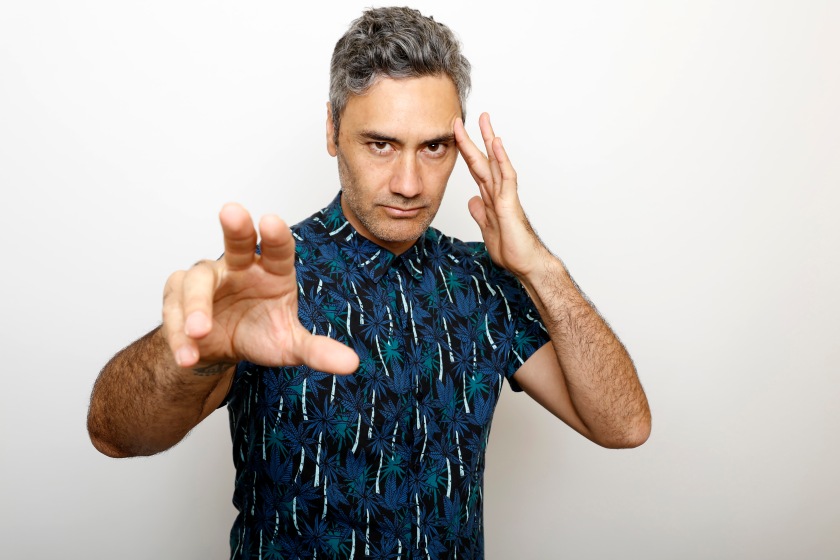
So let me explain; I first developed a passion for Taika’s work when I was introduced to the feature film ‘Eagle vs Shark’ whilst visiting a family member in New Zealand back in 2015. It was my first time visiting kiwi-land but I have always been fascinated with it ever since I first saw Peter Jackson’s ‘Lord of the Rings’ trilogy. I was hooked. When I got home, I ordered ‘Eagle vs Shark’ and his other feature ‘Boy’, and devoured all of his short films online. What I had began to realize about kiwi films was that the lack of Hollywoodbucks had forced their hands to become strong storytellers and to embrace the kiwi ingenuity motto of overcoming obstacles. He’s funny, he’s witty, he’s handsome… oh my. So why have I got a crush on Taika Waititi, who is he?
Taika Waititi was born on the East Coast region of the North Island of New Zealand on the 16th August 1975 (August twinsies ❤ ) to a Maori father and a Russian Jewish mother. Taika originally trained in Wellington as a drama student at Victoria University of Wellington where he became part of the five-part comedy ensemble ‘So You’re a Man’ alongside two other kiwis you might have heard of – Bret McKenzie and Jermaine Clement (Flight of the Conchords).
In 1999 he began acting on screen, winning a local film award for his part in the low-budget Dunedin film ‘Scarfies’. Additionally, Taika began writing and directing short films for New Zealand’s annual 48-hour contests. Including short film ‘What We Do in the Shadows: Interviews with Some Vampires’ (2005) which was turned into a feature in 2014, and ‘Two Cars, One Night’ (2004) earning him an Academy Award nomination.
Taika’s first feature film came in 2007, an oddball romcom about two socially awkward individuals struggling to show love to one another and others around them. Taika actually made a cameo appearance in the film, a tradition he would continue to uphold throughout most of his movies.
But it didn’t go all Hollywood from there for Taika. He spent the next three years directing the odd episode of Flight of the Conchord’s new show and acting the odd small role here and there, till he got the chance to take another stab at the film market with his 2010 feature film ‘Boy’ which premiered at the Sundance Film Festival and was nominated for the Grand Jury Prize. Boy is set in Taika’s home born area of the east coast of New Zealand’s North Island in 1984 and follows the titular character Boy as he seeks to discover fact from fiction about who his father really is. Taika this time takes a much larger role as the titular character’s father, Alamein. Boy received enthusiastic reviews and was a huge success at the local box office becoming one of the largest grossing films in New Zealand. Again though, Taika didn’t explode out in Hollywood and wasn’t swept away; instead turning back to directing a few TV episodes here and there including Super City and The Inbetweeners (no the U.S version not the UK, calm down)
In 2014 Taika Waititi teamed up with Jermaine Clement to co-direct and co-star in the feature version of ‘What We Do in the Shadows’, a comedy mockumentary about a community of vampires that are living in Wellington which premiered at Sundance. Clearly, by this stage of his career his name had began to carry some weight as the film had a clear step up in budget and effects from his previous work. However, he managed this without boycotting his comedy style and strong sense of narrative. Throughout all of Taika’s films the theme of family is a key focus, from ‘Two Cars, One Night’ to something as seemingly off topic as this vampire mockumentary, which effectively dealt with a group of outcasts that have bonded as a family. PS: Don’t be fooled by the thumbnail.
Around about the same time as the production of ‘What We Do in the Shadows’, Taika was approached by Disney about the possibility to helping write the screenplay for their planned islander disney princess escapade, Moana. Taika produced the initial screenplay which in true Taika fashion centered around the theme of family and gender within the Islander/Maori culture. This was to be his first real taste of Hollywood and ‘the big time’, and although Disney dropped these elements in favor of what would become the finalized story, this would open doorways for Taika to his latest project *spoilers*
Two years after his Vampire antics, Taika appeared on our screens again in a cameo of his latest directed film ‘Hunt for the Wilderpeople’ (2016) starring many of the same troop that have appeared in his previous films, plus some new and old kiwis such as the veteran actor Sam Neill. A comedy adventure film that follows a young troubled foster boy and a grumpy and reluctant adoptive uncle who go on the run in the forests of New Zealand after a terrible mixup. The film was screened at Sundance and broke records for a New Zealand film in its opening weekend. In a little side note, I absolutely adored this film and raced across the UK to find a venue that was screening it and now enjoy it regularly on Netflix.
In 2017 I returned back to New Zealand, having taken a year out of my studies at university, determined to gain some real world industry based experience in the country I had become utterly obsessed with. I moved to Wellington for six months and worked for a company called SproutMedia and began laying the groundwork for my move here after graduation. But 2017 was an even bigger year for Taika. He was named New Zealander of the Year, but even bigger still he was put at the helm of his first major Hollywood blockbuster film, Marvel Studios’ ‘Thor Ragnarok (owned by Disney, see told you spoilers) scheduled for release on the 3rd November, or for me in the UK 27th October! A marriage of my favorite director and possibly one of my all time favorite franchises? Pinch me!
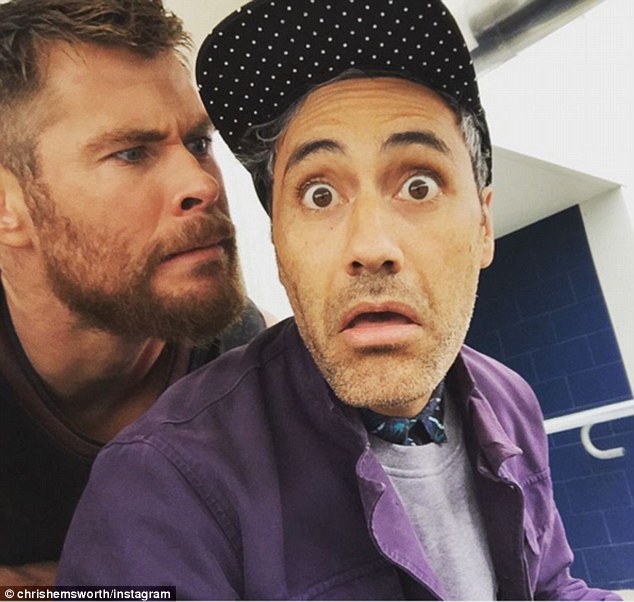
Now you’ve had your brief history lesson kids, why do I love Taika Waititi. Well, I can honestly say that if I get to grow up like Taika, well that would just be swell. At the respectable age of 42, Taika would have been 41 when Marvel approached him for Thor, 41 when he directed his fourth feature Hunt for the Wilderpeople, 39 when he directed his third feature What We Do in the Shadows, 35 when he directed second feature Boy, 32 when he directed his first feature film Eagle vs Shark, and 29 when Two Cars, One Night won him an Academy Award nomination. So at my age (26) on the Taika-scale I clock in just before his first released 48-hour short film ‘John & Pogo’ and leaves me three years to create my Academy Award nominated short.
I’ve always said, I’d hate to become a cog in a machine, a number on a sheet. I am in no hurry to make my way to Hollywood and make the big bucks. I am more than happy meandering along at my own pace, and if I get there then I get there. (Unless you are reading this Marvel then hook me up!)
In addition to his general life plan, I admire Taika on a much more personal level. He is without a doubt one of the modern era of films’ greatest master of dry/deadpan comedy. A style of comedy which is very rarely seen, thanks in large to the stream of over the top foolery we receive from Hollywood; making Taika’s films very important. Take a look at the above video where Taika discusses some of the things that help and inform his creative process. I find myself drawn to the countryside, to long walks with music, seeing things in places one time and seeing something completely different the next.
I love the quote from the beginning of this blog post: “I want to explore the painful comedy of growing up and interpreting the world. I believe that despite our faults and inadequacies, through all pain and heartache, there is still room to laugh” because in a world where people don’t feel like they belong and are judged and outcast, there is always an underlying humor that is rarely acknowledged. Take a look at the following video on how Taika finds happiness in sadness in a masterful way. This is the New Zealander narrative ingenious at work.
And now if I could leave you with one final video to watch it would be this TedX talk by Taika Waititi about ‘The Art of Creativity’ which not only tells you more about the character of Taika, but also speaks volumes to all art creators about the painful process of creating art and yet the happiness to be reaped from its success. It explains how he is attracted to the outsider that finds or creates somewhere to belong despite adversity.
Family.

